Like most who live in the St. André Apartments, I am no stranger to the many dead birds that pop up around the entrances to the apartments. During the two years I have lived in St. André, these birds have appeared on sidewalks every year like clockwork, never missing a season. These deaths don’t need to continue, and there are easy fixes to save them.
The Mourning Warbler is a migratory bird who’s flight path sweeps right through Austin. Every year these birds fly hundreds of miles from Canada to Mexico, but not all of them make it to their destination – many are defeated by windows.
Mourning Warblers, and other small birds like them, crash into reflective windows causing immense bodily trauma which leads to their deaths. Usually the birds are searching for food, a place to rest or an easy path to keep flying. In St. André, these collisions occur mainly in the breezeways connecting the buildings as the large glass panes make it hard for the birds to decipher their surroundings.
“Birds can’t recognize (windows) as glass,” Associate Professor of Secondary Education Steven Fletcher, Ph.D., said. “When they look at it, they’re seeing a reflection of whatever’s outside. And so they think it’s just more of what’s out there. If there’s a bright flower there, and they need that flower, or they’re trying to escape something, they think that’s safety, or they think that’s food. So they just smash into the glass without understanding what they’re getting themselves into. And so that’s where helping them see that it is glass and that it’s a barrier rather than a reflection of the natural environment, is really, really important.”
There are two major types of window collisions: day and night. During the day, windows reflect their surroundings, and at night, the lights from buildings can mislead migrating birds, deterring them from their original paths. So, what’s the possible solution?
Firstly, there is the problem of large panes of uninterrupted glass at the St. André Apartments. The breezeways connecting the buildings in St. André are almost completely glass structures; in the birding community these are referred to as “fly through glass.”
There are multiple inexpensive deterrents our SEU community could invest in to save our birds. Birds need something to break up their vision to show that the windows cannot be traveled through.
At night, lights in these breezeways cause migratory confusion. One simple fix: turn unnecessary lights off. Lights out initiatives focus on decreasing light pollution during peak migration times which have been proven to reduce fatal collisions. The Houston Audubon Society encourages businesses, buildings, and individuals across Texas to turn off all nonessential lights from 11 p.m. to 6 a.m. throughout spring and fall migration.
“A big issue is that lights are always on in St. André,” President of the Peter Beck Bird Watching Club Iman Haddad said. “There’s initiatives that multiple bird societies have come up with, especially during migration season—which we are having right now—to turn any unnecessary light off at night. Lights distract birds and cause further window related deaths.”
For the daytime, one of the most inexpensive solutions is tempera paint. This common children’s paint can be used to mark the exterior of a window in a grid formation with dots or squares placed two inches apart from each other breaking up the windows reflection causing the birds to be able to separate windows from trees or sky.
Another similar solution that is long lasting and is often used for larger projects is the Feather Friendly window markers. These exterior decals are composed of white or black dots placed two inches apart to disrupt the windows and stop window strikes. Campuses and businesses all over the world have already seen the incredible results of this life saving intervention.
Although the second solution can be costly, I think it is the best one for our campus. The dots don’t distract from the beauty of our campus but further show SEU’s commitment to sustainability and conservation.
According to St. Edward’s website, “Environmental responsibility is imperative to the health and well-being of our campus, our community, and our planet.” So why not implement these easy solutions? Window strike deaths are preventable and we should be doing everything we can to help our feathered friends.


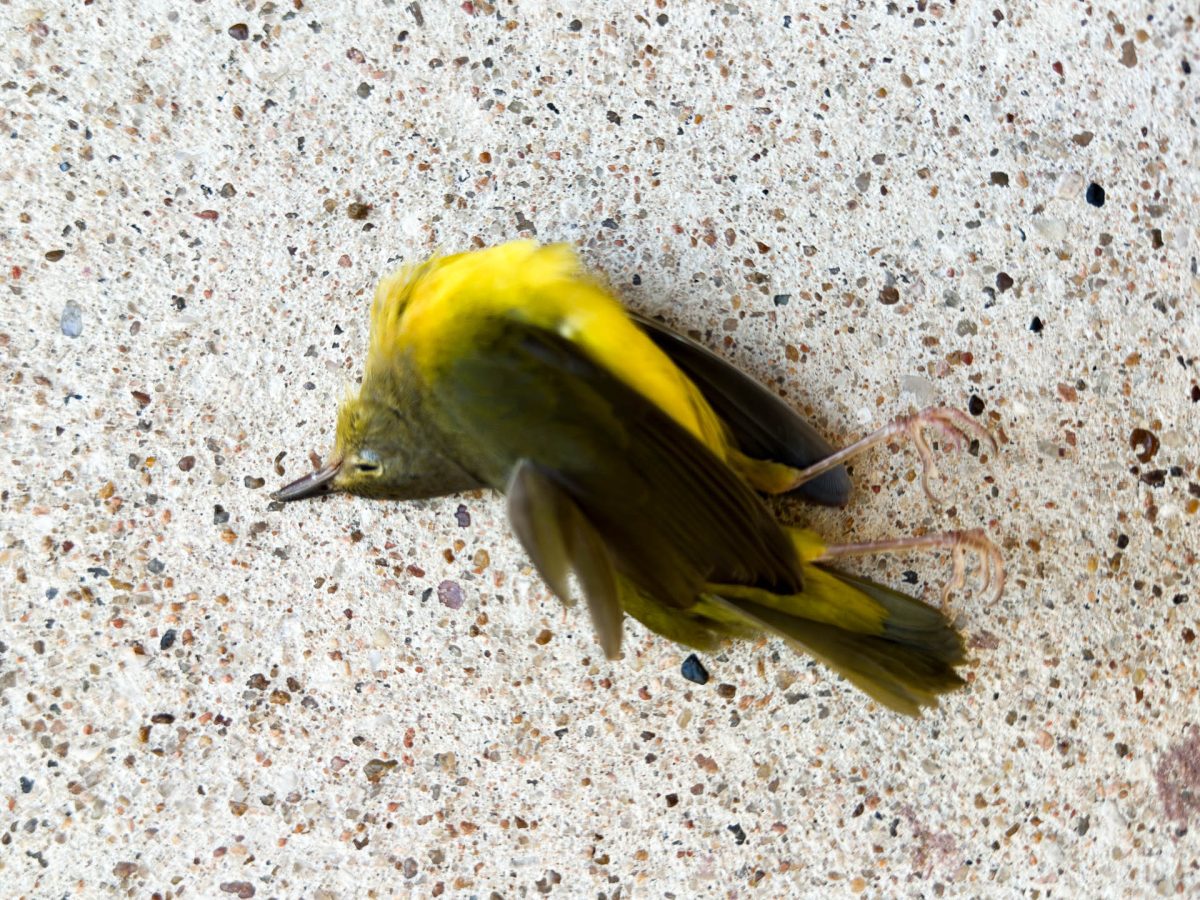
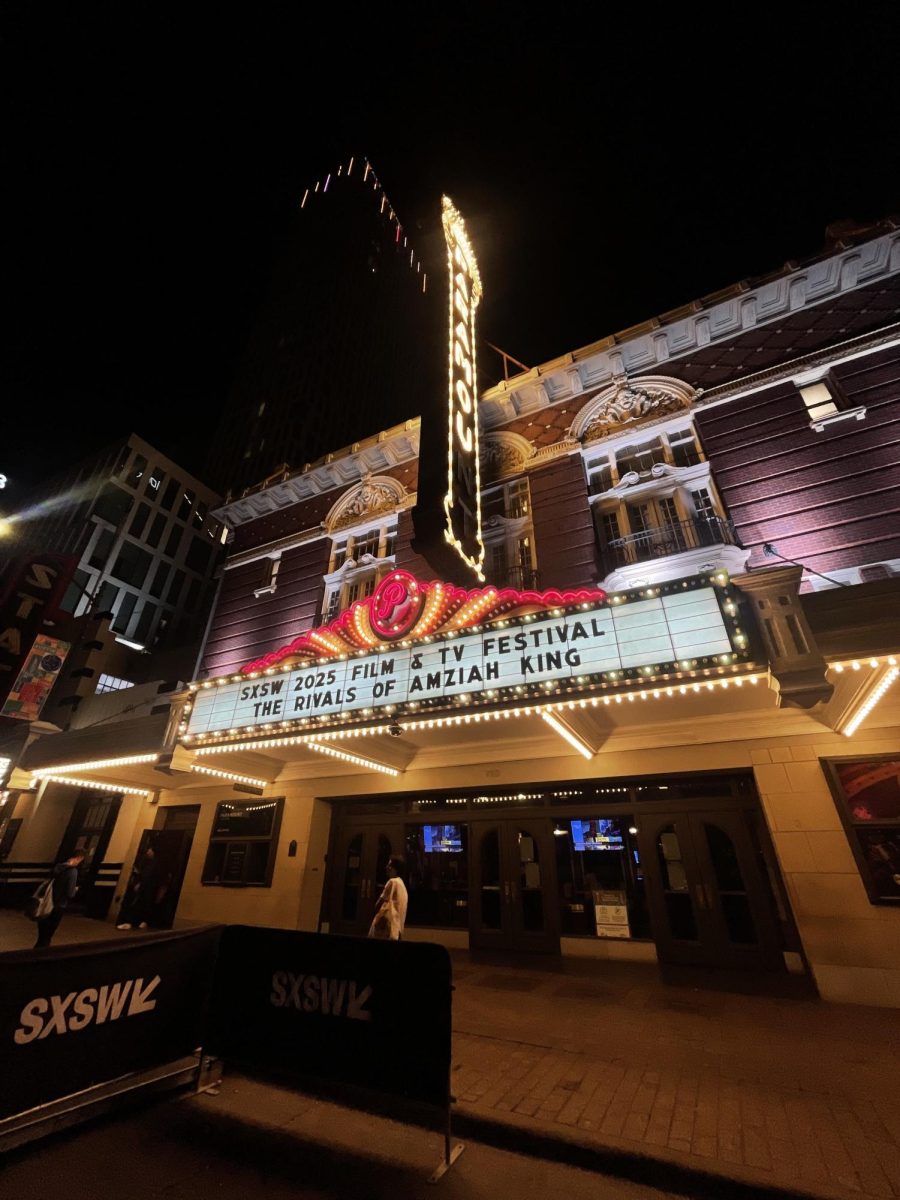
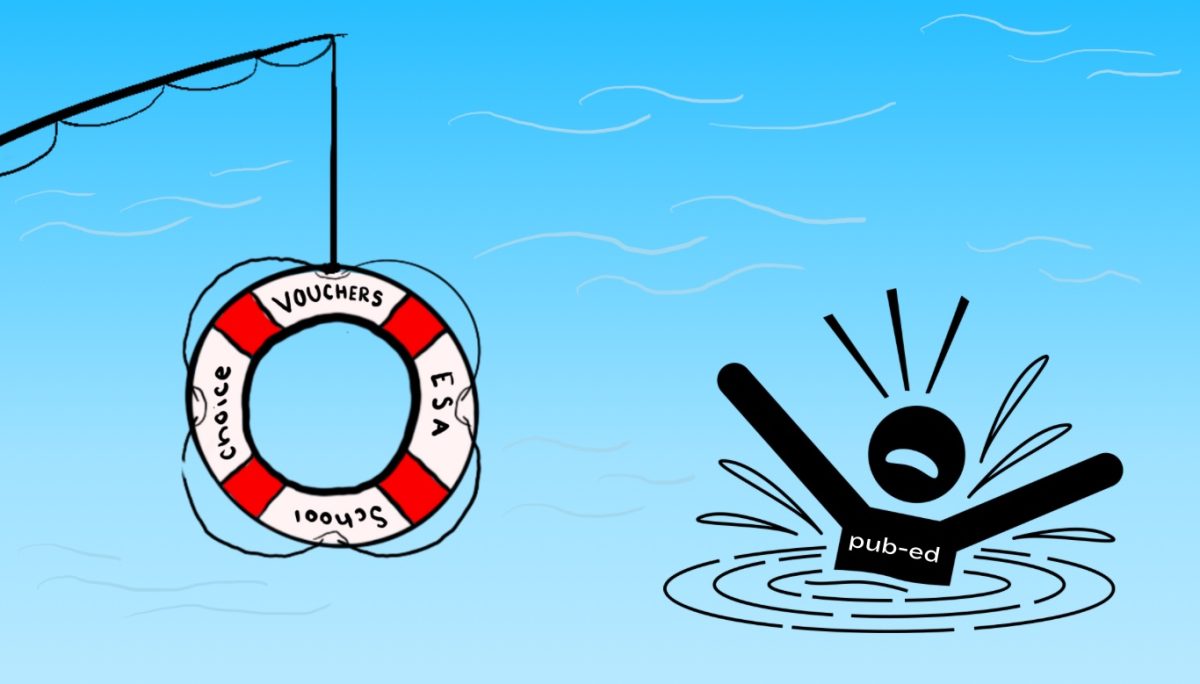
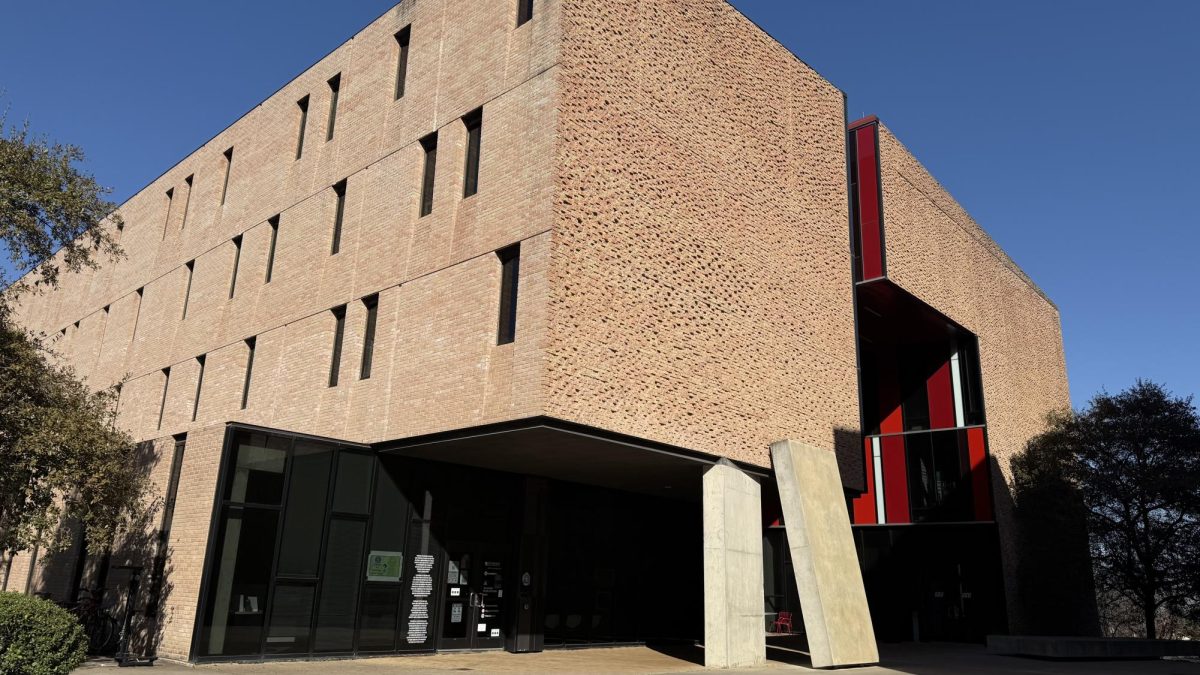
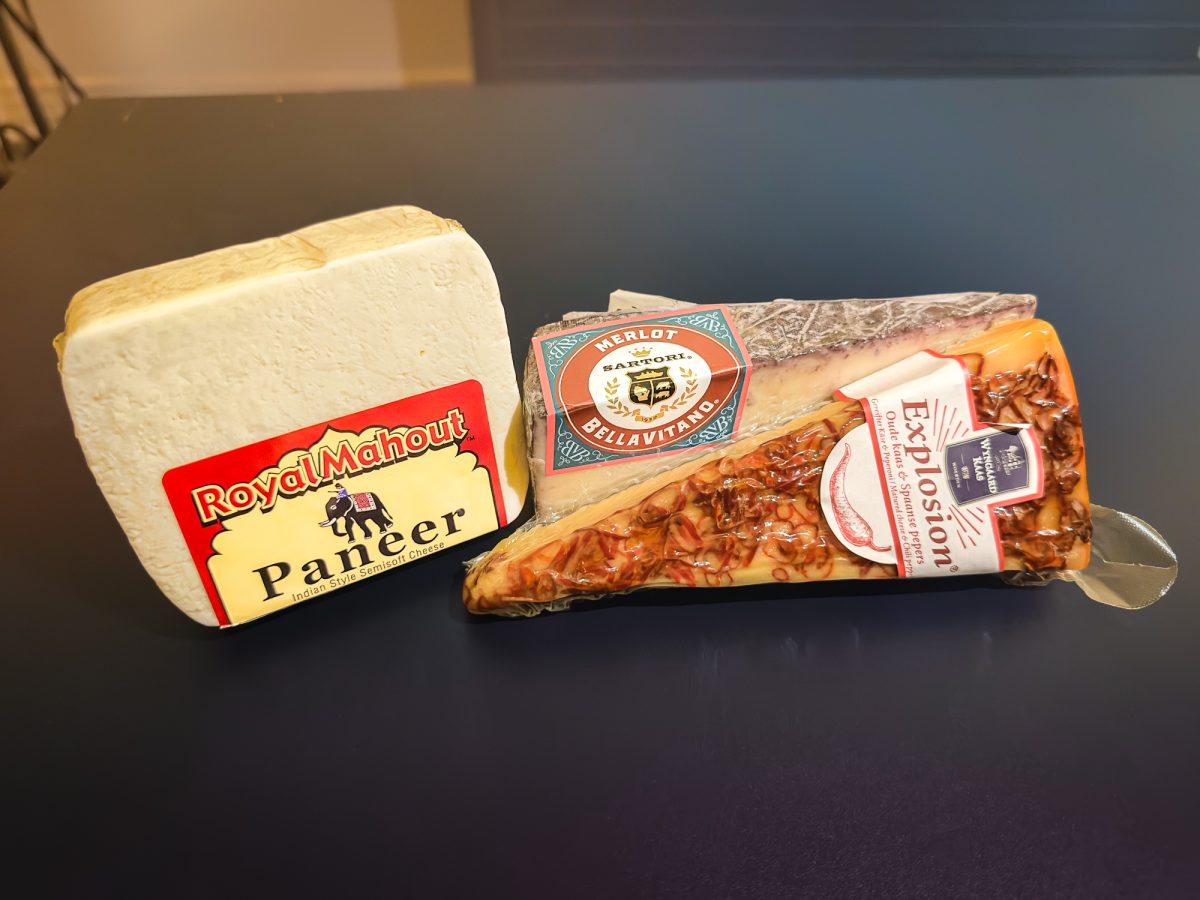

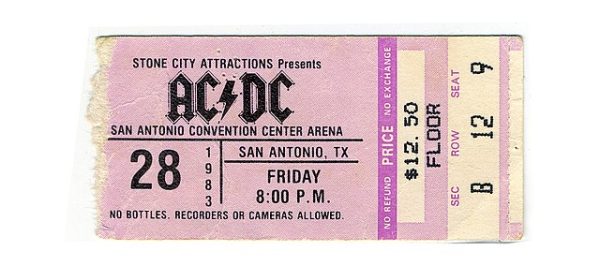
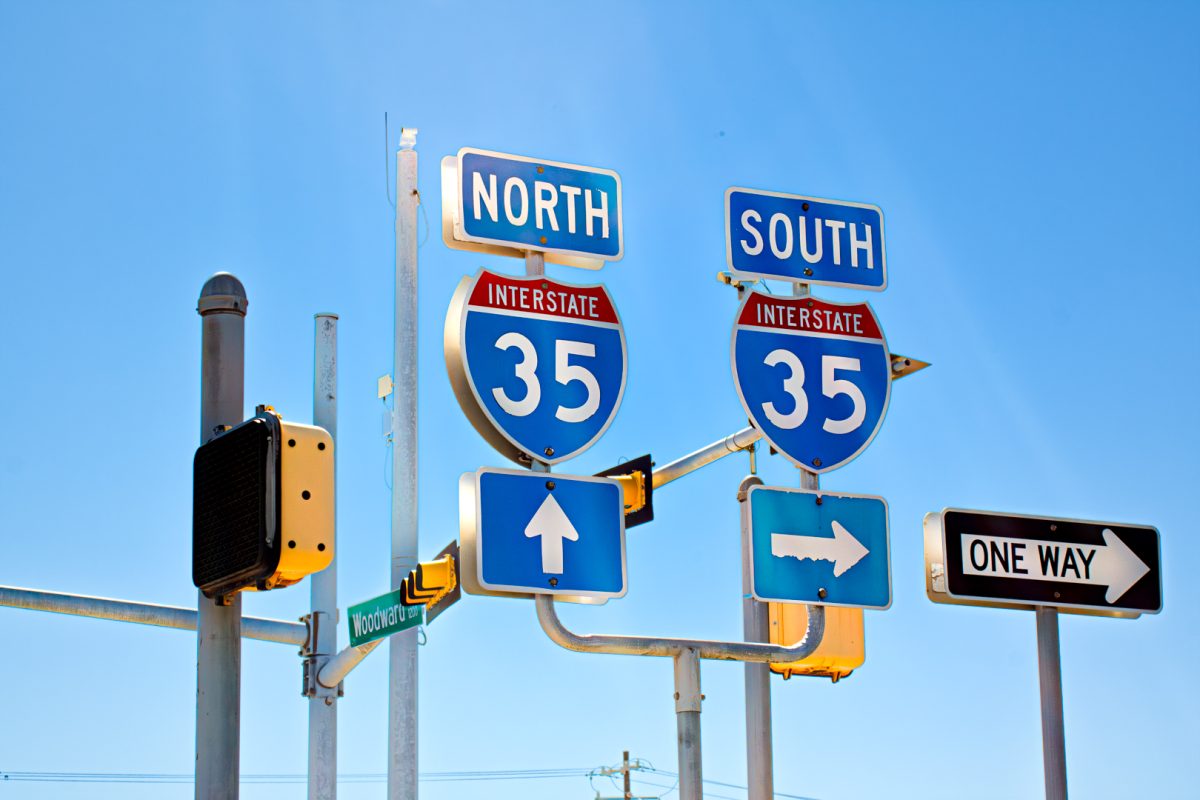
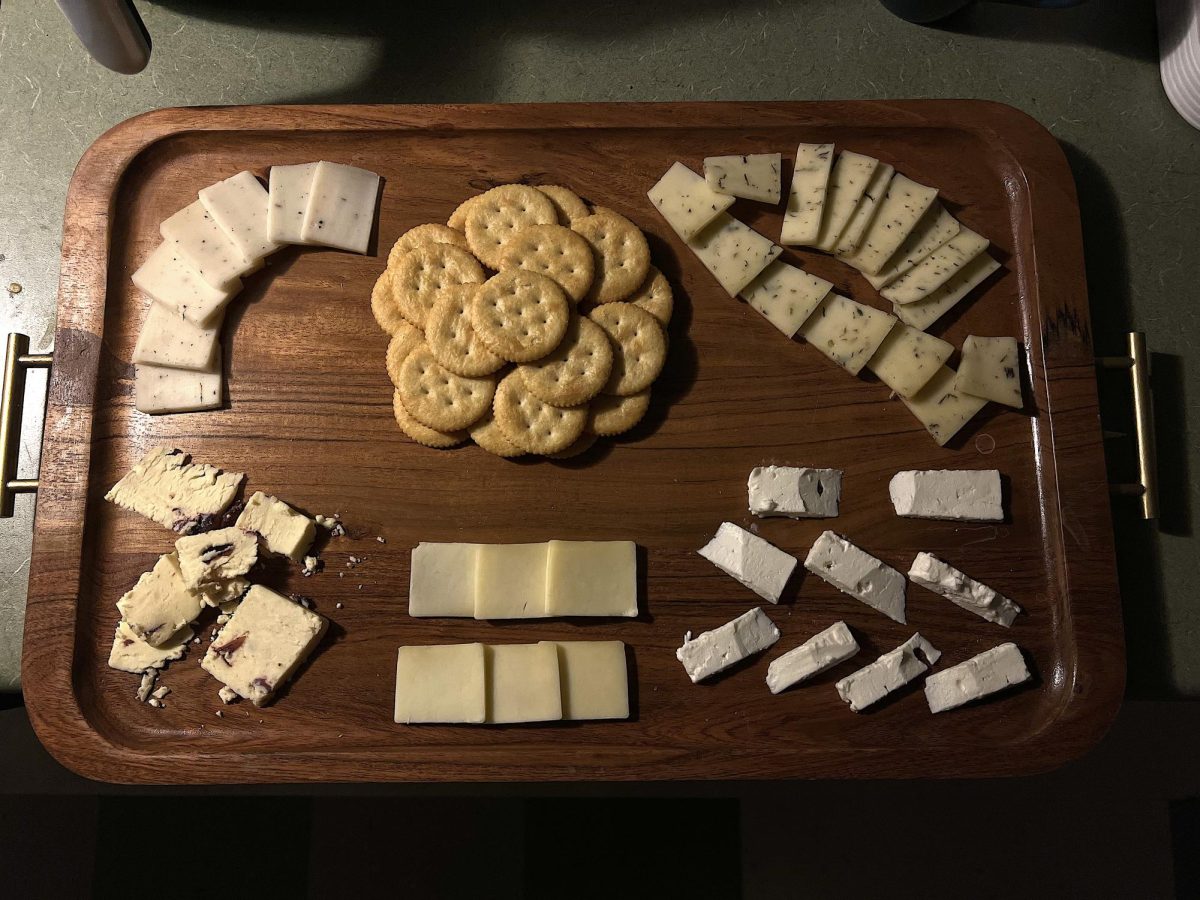
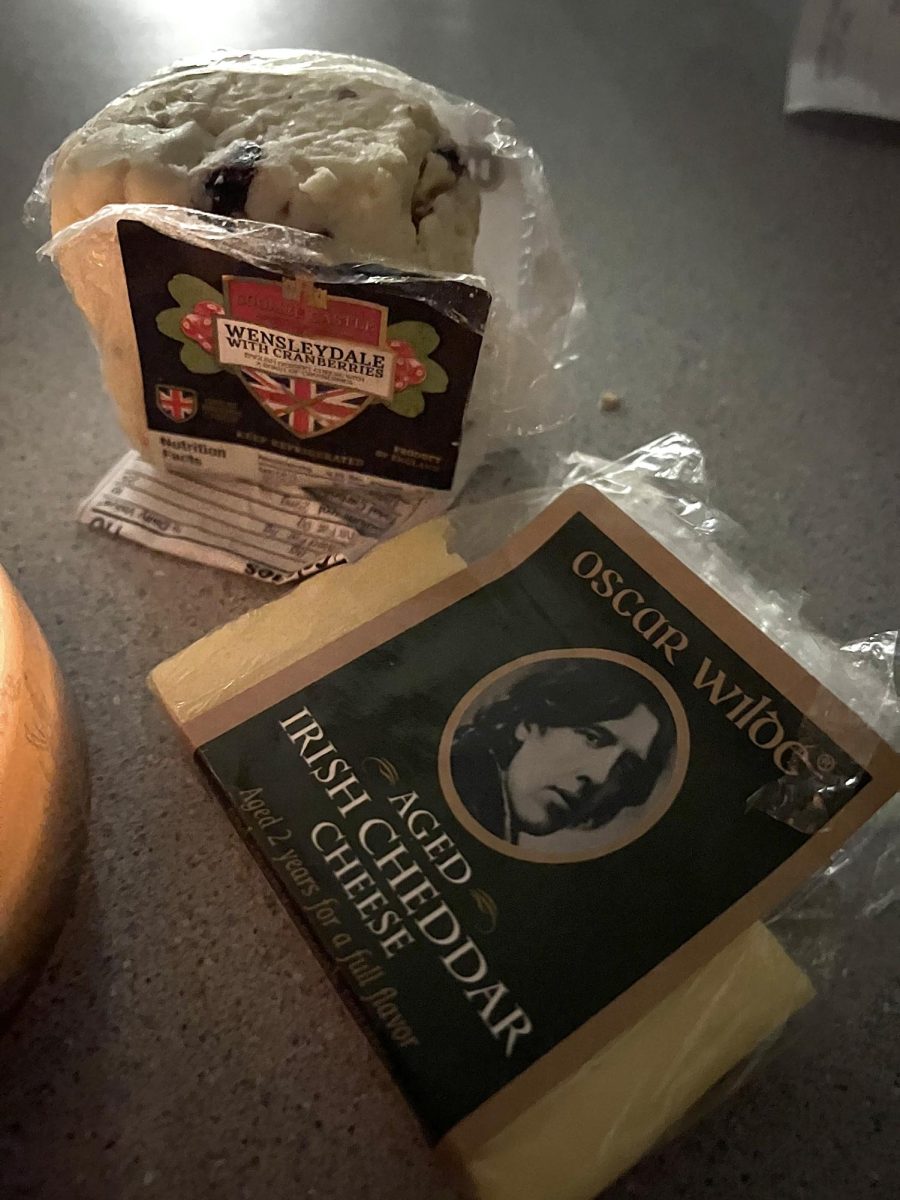
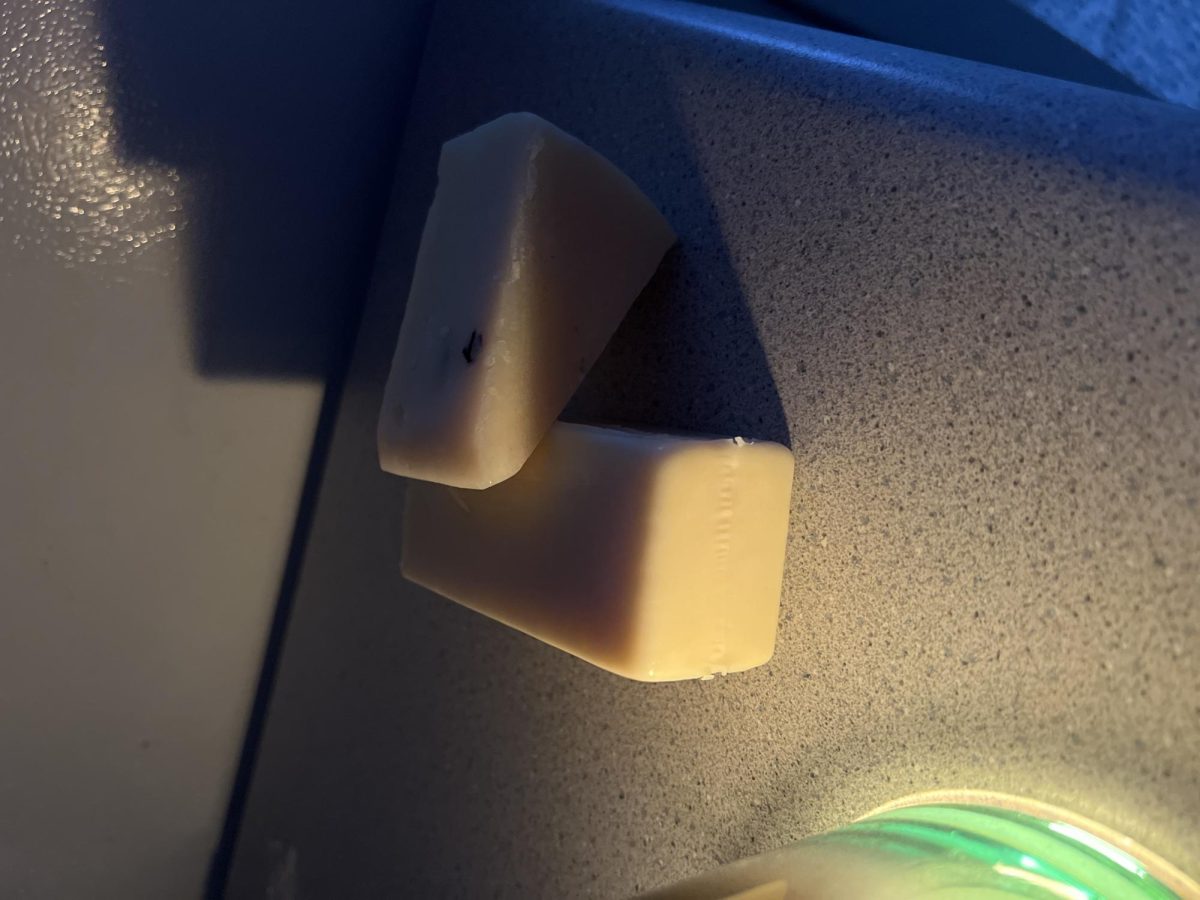
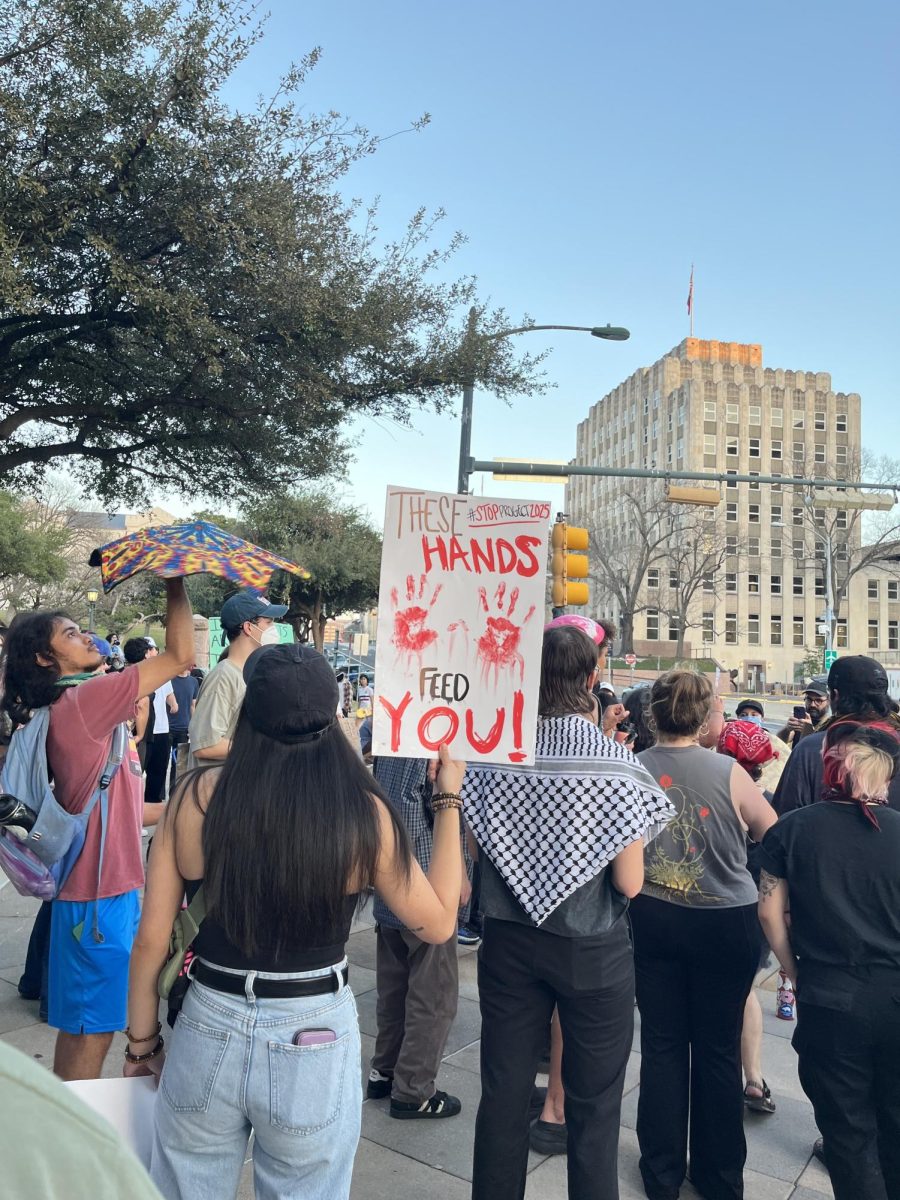
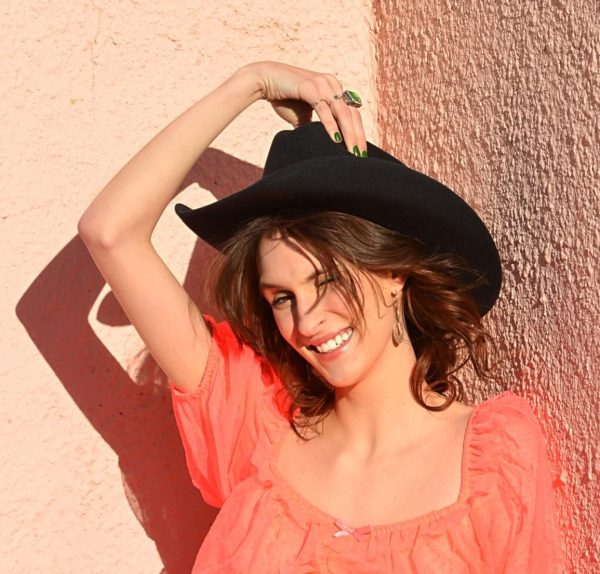
cheryl furra • Sep 24, 2024 at 6:43 am
Great article! Hoping this will enlighten St. Edward’s and other businesses as well as individuals to implement a plan to save wildlife, especially these tiny birds that fly hundreds of miles.